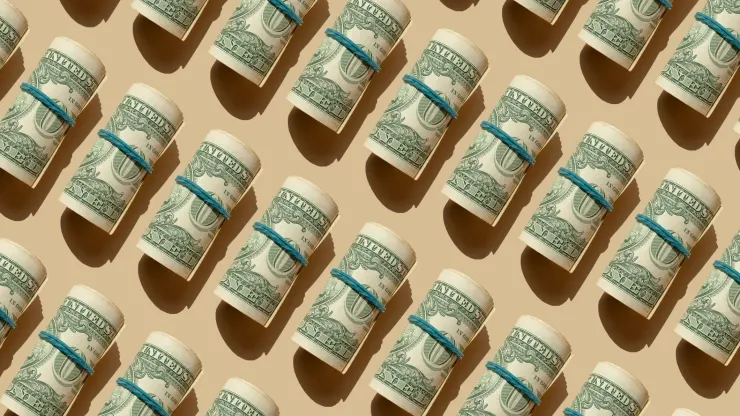The dollar was little changed on Friday, consolidating gains amassed during the week on better-than-expected U.S. economic data, even as the currency’s underlying strong trend remained amid stable consumer and labor markets, which have kept the prospect of another rate increase on the table this year.
Despite Friday’s pullback, the dollar index was headed for eight straight weeks of gains, the longest such streak since 2014.
“This week the market has been a little more nervy than usual on a number of fronts and that has lent to dollar strength,” said Amo Sahota, director of FX at consulting firm Klarity FX in San Francisco.
He cited the continued escalation of the spat between the U.S. and China over the latter’s iPhone restrictions, which have put Apple in the spotlight.
There was also the narrative, he noted, that the Federal Reserve will keep interest rates higher for longer as the battle for inflation is still playing out.
“There’s a lot of reasoning to ask whether dollar strength is going too far.” Sahota said. “That may be, but in an environment where things could get nervy, the dollar always looks attractive,” because of its yield advantage over other currencies due to the spate of Fed rate increases.
China’s onshore yuan, on the other hand, ended its domestic session at its weakest since 2007, as it battles capital outflow pressures and a widening yield gap with major economies.
In afternoon trading, the dollar index, which measures the greenback against six major peers, was flat at 105.05. It hit a six-month peak of 105.15 the previous session. The index so far this week was up 0.7%.
That said, Vassili Serebriakov, FX strategist, at UBS in New York, said while eight weeks are an unusually long stretch of dollar strength, the currency’s gains are getting smaller every week.
“The market is quite long dollars already and the incremental upside has been small. So I think the market is having a hard time pushing the dollar significantly higher.”
The euro, the largest component in the dollar index, was on track for eight straight weeks of losses and down 0.7% on the week. It was last flat on the day at $1.0699, having fallen to a three-month low on Thursday.
Data out this week showed the U.S. services sector unexpectedly gained steam in August while jobless claims last week hit their lowest since February. In contrast, industrial production in Germany, Europe’s largest economy, fell by slightly more than expected in July.
The chances of a Fed rate hike at the November meeting was still at more than 40%, although the market expects the U.S. central bank to hold interest rates steady later this month.
Sterling moved away from Thursday’s three-month low and last bought at $1.2459, down 0.1%, and set to clock a weekly loss of 1%.
The Canadian dollar firmed against the greenback after Canada created 39,900 jobs last month, compared with a median forecast for a gain of 15,000. The unemployment rate remained at 5.5%. The U.S. dollar was last down 0.3% versus the Canadian currency at C$1.3642.

